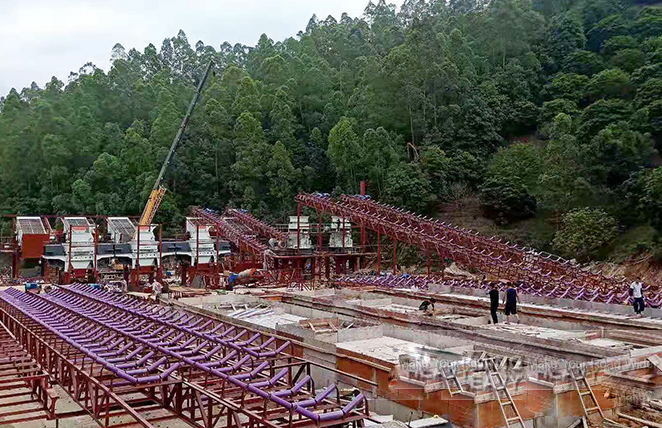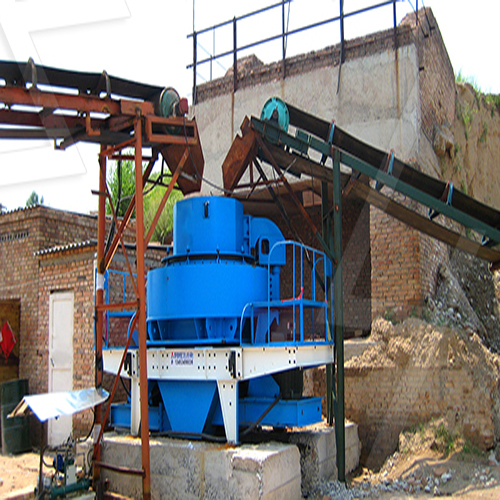The use of Manufactured Sand (M-Sand) in concrete has gained significant attention as a sustainable alternative to natural river sand, especially due to environmental concerns and the depletion of natural resources. Here’s a detailed analysis of its impact on concrete properties:
 1. Positive Impacts of M-Sand in Concrete
1. Positive Impacts of M-Sand in Concrete
# a) Improved Workability & Consistency
– M-Sand has a controlled particle shape (cubical) and gradation, leading to better packing density.
– Lower fines content (if well-processed) reduces water demand, enhancing workability.
# b) Higher Strength & Durability
– Due to its angular and rough texture, M-Sand provides better mechanical interlocking, improving compressive and flexural strength.
– Reduced presence of impurities (clay, silt, organic matter) enhances durability by minimizing shrinkage cracks.
# c) Better Quality Control
– Manufactured under controlled conditions, ensuring consistent gradation and quality, unlike natural sand which varies regionally.
# d) Environmental Benefits
– Reduces dependency on river sand, preventing ecological damage from excessive mining.
– Utilizes quarry waste (crushed rock fines), promoting sustainable construction practices.
2. Potential Challenges & Mitigation Measures
# a) Increased Water Demand
– The angular shape of M-Sand may increase water requirement; this can be offset using:
– Water-reducing admixtures (plasticizers/superplasticizers).
– Proper grading optimization (blending with natural sand if needed).
# b) Risk of Higher Fines Content
– Excessive fines (<75µm) can lead to higher shrinkage and reduced strength.
– Solution: Washing or air classification to remove excess fines before use.
# c) Slightly Higher Cement Consumption
– Due to increased surface area, slightly more cement may be needed for desired workability.
 3. Comparison with Natural Sand in Concrete
3. Comparison with Natural Sand in Concrete
| Property | M-Sand Concrete | Natural Sand Concrete |
|———————-|—————-|———————-|
| Particle Shape | Angular & Rough | Rounded & Smooth |
| Gradation Control | Highly Controlled | Variable |
| Workability | Slightly lower (unless optimized) | Better initially |
| Strength | Higher (better interlocking) | Moderate |
| Durability | Better resistance to cracking & abrasion |





Leave a Reply